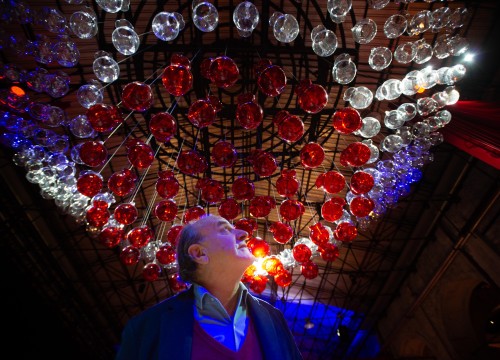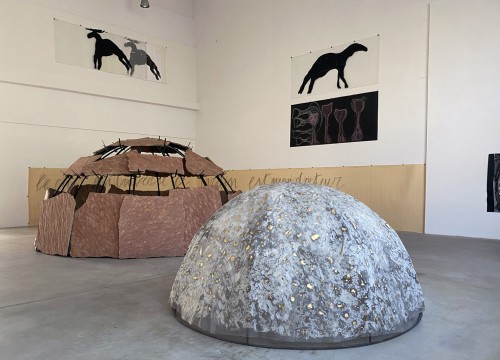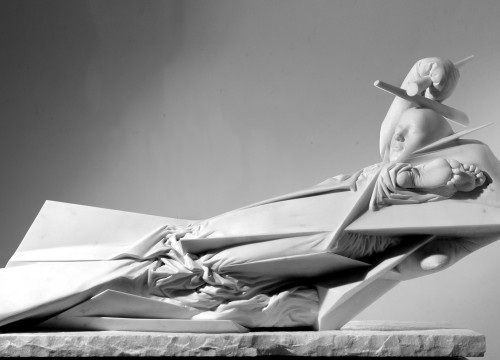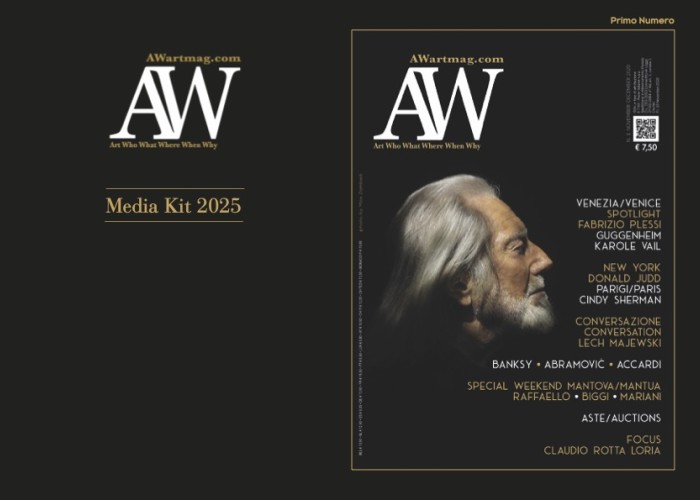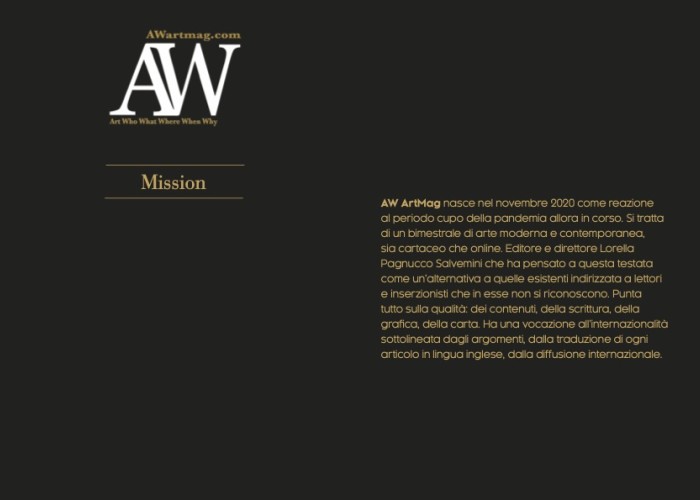The new rhythms caused a reduction in the number of meetings, events, and exhibitions
A new section is always an act of love. To readers, to whom the solemnity of definitive judgement is reserved; to the plots of art, which have never been so uncertain and confused as in this delicate period; to ourselves, to measure the parameters of our independence and the thrill of our writing.
Behind the mask was created to reveal what stands behind these difficult months; behind the anxieties of those who create, of those who try to carry out their research in the melting pot of art; behind the irreverent passion of those who, despite everything, continue collecting works and widening their interests.
This section is also a reference to Covid-19, and the great tragedy of these months, which seems to have no end.
These are the new masks of our restless society. The masks we put on every day, armed with our feeble certainties, in the attempt to reinvent our daily history, expectations, and dreams, which we continuously record in the light of the current events. We are living in a bubble. Not just a media bubble, but also an individual and personal one. This is due to our new rhythms, so much slower than before – fewer meetings, fewer events, fewer exhibitions. Now, we look at ourselves in the new mirror of desires – our computer – though which it seems possible to do everything, look for all things, and see a world we could only imagine so far.
But this is not a step forward, as many people think. Rather, it is an unreal way to isolate ourselves further, to reduce our network of relationships and contacts, our little ancient world. Of course, there are home working, video phone calls, the immense social network, WhatsApp, e-mails, and even SMSs, relegated to the attic over the last few years. But it is not the same because they cannot create the emotion of a hand that shakes, of eyes that cross, of a caress that is often worth a lot more than any balm.
This also applies to art. The emotion of openings, during which we approach new exhibitions for the first time, and the thick chatter made of comments, jokes, and worldliness that characterizes them, are now disappearing. We see works only in a photograph, and we have to be quick – in auctions as well as on specialized websites – and hope that nobody else is feeling the same slight restlessness and strange trepidation we experience in front of a work. We have to anticipate other people’s moves on the chessboard of time, carrying out a cold and detached analysis that looks more like impulse than real passion. This is the fragile balance of the modern age. Much has already changed, and much will change again. Pursuing the many unexplored goals technology will offer us, forcing us to follow new paths that are less bumpy only in appearance. And passion and collecting will become the slaves of a system that does not allow delays, dragging us through the rapids of our tomorrow.








